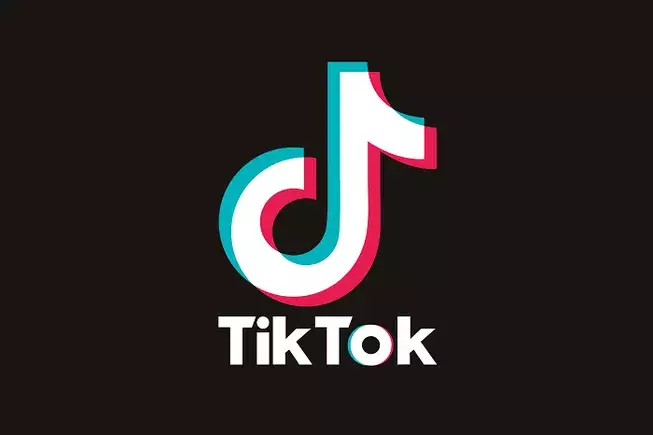In the rapidly changing digital ecosystem, few stories are as intriguing as the saga of TikTok in the United States. Following a tumultuous period, the popular social media app has made a reentry into the Google Play and Apple App stores. This development comes in the wake of assurances from both tech giants that they would not face penalties for providing access to the app, which has been embroiled in political controversy and legalities. The reinstatement of TikTok highlights the intriguing intersection of technology, politics, and public safety—one where the stakes have implications for millions of users and corporate entities alike.
At the heart of TikTok’s saga is the “Protecting Americans from Foreign Adversary Controlled Applications Act,” implemented under the Biden administration. This act proposed a significant challenge for TikTok, mandating that it be sold to a U.S.-based owner by January 19. With that deadline looming and no sale materializing, the app was facing a critical juncture. However, upon taking office, President Trump extended the timeline through an executive order, effectively granting TikTok an additional 75 days to negotiate a compliant deal. This complex interplay of legislation and executive action speaks volumes about the shifting dynamics between tech companies and government authorities.
Despite these developments, the controversy surrounding TikTok did not dissolve overnight. The decision by Apple and Google to initially remove TikTok and its sister applications—such as CapCut and Lemon8—was driven by caution and an overarching concern for regulatory compliance. The digital landscape is dense with complexities, and these companies now navigate a fine line between user demand and potential legal repercussions.
Recently appointed Attorney General Pam Bondi provided crucial legal confirmation that both Apple and Google are safeguarded against repercussions for allowing TikTok to operate on their platforms. This represents a pivotal moment, as it enables TikTok, along with other ByteDance-owned applications, to remain accessible in the U.S. for the near term. The political climate surrounding TikTok has often resembled a high-stakes game of chess, with various players making strategic moves in anticipation of the government’s next directive.
The discussions regarding TikTok’s future have included high-profile negotiations with several large technology firms such as Microsoft and Oracle. This brings into question the broader implications for data security, privacy concerns, and the potential for governmental influence in private enterprises. Proposals have even surfaced suggesting that the U.S. government may potentially acquire a stake in TikTok, which raises critical questions about the regulation of foreign-owned applications.
The Role of ByteDance and Regulatory Negotiations
In the wings, ByteDance has been diligently working to reach an arrangement that would appease U.S. authorities while preserving the industry’s interests at home in China. This duality of interests emphasizes the intricate balance that must be struck between complying with U.S. regulations and mitigating pressures from the Chinese government—the company’s home country. The outcome of these negotiations could either bolster TikTok’s standing or precipitate its exit from one of its largest markets.
Communication is all-important in this scenario. TikTok’s executives have reportedly maintained regular dialogue with Trump’s administration, which has played a role in securing the recent legal clarification. The expectation remains that President Trump’s personal affinity for TikTok may help facilitate a favorable arrangement for the app’s continued availability. However, the prospect of a formal agreement remains unclear, leaving users, tech companies, and stakeholders alike in a state of ebbs and flows—the quintessential uncertainty of the digital age.
Despite its current reinstatement, the future of TikTok in the U.S. remains precarious. With the 75-day negotiation window ticking away, the app’s fate could swing in several directions. The convoluted interplay between international relations, local regulations, and user demand poses unique challenges. As the discussions unfold, tech-savvy users will closely monitor developments, hoping that their digital haven isn’t diminished by geopolitical strife.
TikTok’s restoration in U.S. app stores offers a temporary reprieve, but the complexities involved underscore the tenuous relationship between digital platforms and regulatory frameworks. The unfolding narrative of TikTok serves as a poignant reminder that in today’s interconnected world, the dance with uncertainty is a choreographed routine that both users and technology providers must master together.


Leave a Reply